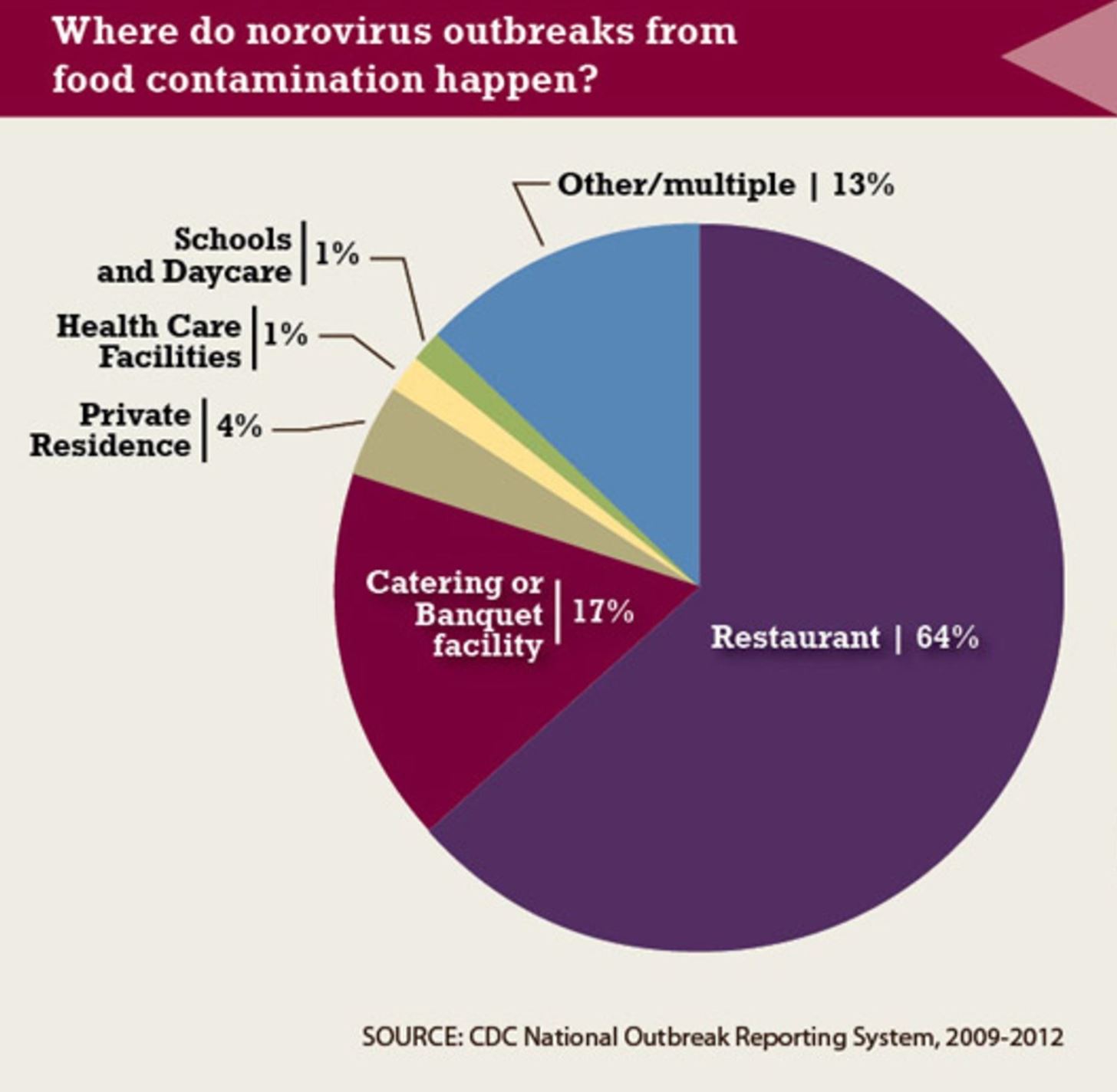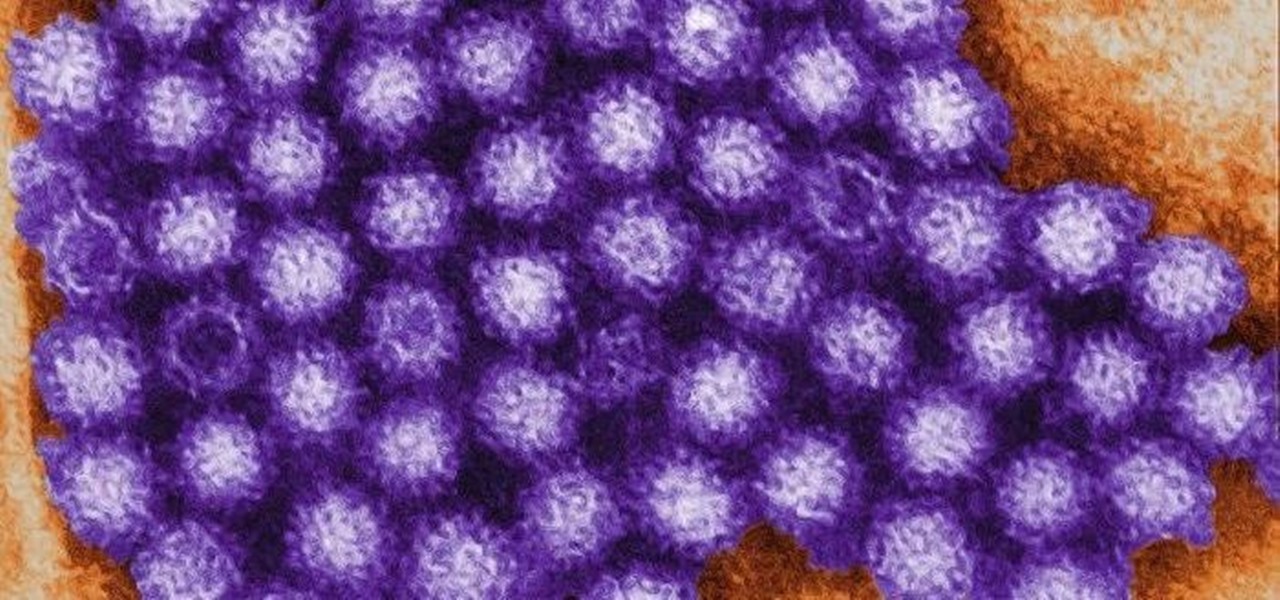Have you ever had the stomach flu, aka the 24-hour flu? Well, chances are high that you never had influenza, but an intestinal infection called gastroenteritis.
While sometimes severe cold symptoms can be confused with the flu, the same is not true for the differences between gastroenteritis and influenza. The two infections target different parts of the body, which makes the synonyms for gastroenteritis—stomach flu and 24-hour flu—very much misnomers.
Influenza usually infects the upper respiratory system, leaving you with aches, pain, and symptoms in your throat, lungs, and nose. While nausea can be associated with influenza, it is not a hallmark symptom of the infection.
Gastroenteritis is an inflammation of the lining of the intestines. Most commonly caused by virus or bacteria, gastroenteritis symptoms can also result from an infection with parasites, which is more common among younger patients.
Regardless of viral or bacterial cause, the symptoms of gastroenteritis are about the same. Gastroenteritis causes abdominal cramps, watery, sometimes explosive diarrhea, vomiting, chills, and sometimes fever. Because vomiting and diarrhea quickly cause dehydration, halting the nausea and getting enough fluids is important.
Just a few years ago, the Centers for Disease Control and Prevention reported the death rate from gastroenteritis more than doubled from 7,000 fatalities in 1999 to 17,000 deaths in 2007. From either a viral or bacterial cause, not many people ever have a "mild" case of gastroenteritis.
Viral and bacterial gastroenteritis are spread through touching or using contaminated objects, or eating foods contaminated with fecal residue. The majority of food poisoning occurs at restaurants, banquets, and other venues where the poor food handling practices of one, or a few people, can have a large impact on many patrons or consumers. Poor food handling occurs in home settings too, but individual cases do not usually reach the attention of public health authorities.

Understanding the causes, symptoms, and treatments of gastroenteritis can help you take care of yourself, or a family member. Here are important points about the condition:
- The two prominent types of viruses that cause gastroenteritis are noroviruses and rotaviruses.
- Rotaviruses most often afflict young children, and can be severe or fatal if not treated appropriately. For parents with young children, a rotavirus can quickly become serious if your child loses enough liquids. If your child does not have wet diapers, does not cry tears, or has a dry mouth or tongue, seek medical help quickly. Because of the danger to children, a rotavirus vaccine is available for infants in the United States. With vaccination, rotavirus rates in the US decreased significantly. Prior to availability of vaccination, approximately 62,500 children were hospitalized with rotavirus each year. After availability of vaccination, those numbers dropped to 12,5000 annually, an 80% decline. The onset and duration of the rotavirus season is also shorter, usually running between February and April.
- Bacteria that commonly cause gastroenteritis include Salmonella, Campylobacter, Shigella, Staphlococcus, and Escherichia coli (E. coli).
- Gastroenteritis caused by bacteria is usually food-borne, and like viral gastroenteritis, passes within two to five days. If you experience blood in your stool, a call to your doctor is in order. Food poisoning can quickly turn dangerous if certain types of serious bacteria, like E. coli, are involved.
- Like influenza, infection with viral gastroenteritis occurs more frequently between October and April. Bacterial gastroenteritis occurs whenever, and wherever, poor food handling practices are in play. Viral gastroenteritis spreads quickly from person to person, while bacterial gastroenteritis is directly acquired from contaminated food products.
Steps to Get Better & Stay Healthy
If you come down with viral gastroenteritis, be careful to stay clear of loved ones and coworkers. The infection is usually diagnosed on its symptoms alone and does not respond to antibiotics. Because vomit and feces are laden with viral material, take extra steps to disinfect your home. Encourage family members to carefully wash hands for 20 seconds, and infected people should not prepare food for others for at least three days.
As with children, the basic concern for adults with gastroenteritis is dehydration. Be sure to drink plenty of liquids, including broths, sports drinks with electrolytes, and juices that you find appealing. Symptoms of dehydration include headache, dark urine, lethargy, and infrequent urination.
With viral gastroenteritis, you are contagious as soon as you start feeling ill, and for several days, even two weeks, after recovery. This means good hygiene and staying on top of cleaning is important to avoid transmitting the infection to others. As well, noroviruses are tough and can live up to a week on the hard surface of kitchen counters. When cleaning after a gastroenteritis infection, use disinfectants labeled for that use.
Fortunately, gastroenteritis only lasts about three days, while influenza can last up to two weeks. If you are struck down by the stomach flu, stay home and stick close to your bathroom—you should be feeling better soon.
Just updated your iPhone? You'll find new emoji, enhanced security, podcast transcripts, Apple Cash virtual numbers, and other useful features. There are even new additions hidden within Safari. Find out what's new and changed on your iPhone with the iOS 17.4 update.


























Be the First to Comment
Share Your Thoughts